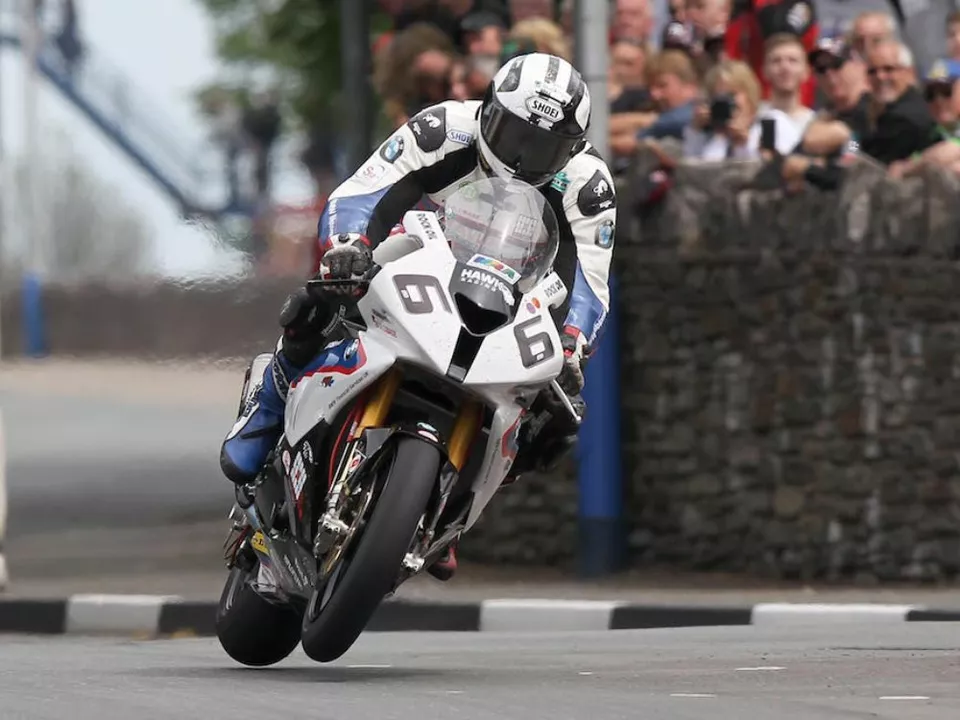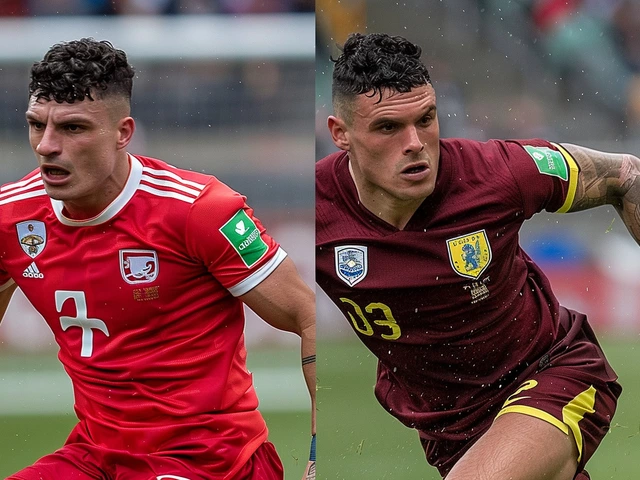Motorbike Racing: What Every Rider Needs to Know
If you’ve ever felt the rush of a bike roaring past you on the track, you know motorbike racing isn’t just a hobby – it’s a pulse‑pounding lifestyle. Whether you’re eyeing a local club race or dreaming of the MotoGP grid, the basics stay the same: skill, safety, and the right gear.
Getting Started with Motorbike Racing
First step? Find a track that welcomes newcomers. In the UK, circuits like Silverstone and Donington have beginner‑friendly race days. Sign up for a race school – most offer a one‑day intro that covers cornering, braking, and body position. You’ll learn how to shift your weight to keep the bike stable, a trick that separates a hopeful from a seasoned rider.
Next, get a race‑approved bike. You don’t need a factory‑spec machine; a well‑tuned sportbike such as a Yamaha YZF‑R6 or Kawasaki ZX‑6R works fine for most classes. Make sure the bike meets the regulations of the class you want to enter – things like exhaust noise, tire type, and engine modifications are often strictly checked.
Don’t forget a licence. The ACU (Auto‑Cycle Union) issues racing licences after you complete a basic competency test. It’s quick, costs a bit, and proves you can handle a bike safely on a closed track.
Essential Gear and Safety for Bike Racers
Gear can be the difference between a clean finish and a painful crash. Start with a full‑face helmet that meets ECE 22.05 – it protects your head and gives clear visibility. Pair that with a racing suit made from leather or Kevlar; it’s abrasion‑resistant and often includes built‑in armour at the elbows, shoulders, and hips.
Gloves and boots are non‑negotiable. Gloves give you grip and protect against road rash, while boots with ankle support keep your feet stable during hard braking. Many riders add back protectors and chest plates for extra coverage, especially in higher‑speed classes.
Finally, practice emergency drills. Learn how to lay down a bike safely, how to use the ‘switch‑back’ technique on a wet track, and always run a quick pre‑race bike check – tyre pressure, brakes, and fluid levels. Small habits add up to big safety gains.
Beyond the gear, staying fit helps. Core strength, flexibility, and cardio keep you sharp on the bike. Simple routines like planks, squats, and interval runs pay off when you need to hold a tight line for the entire race.
UK racing also offers a vibrant community. Join a local club, attend meet‑ups, and follow the British Superbike Championship for inspiration. Watching pros tackle the same corners you’ll race on gives you a roadmap for improvement.
In short, motorbike racing is a mix of preparation, practice, and passion. Get the right bike, lock in the proper licence, suit up with quality gear, and train your body. Then hit the track, learn from each lap, and watch your skills grow. The road ahead is fast – but with the right approach, it’s totally within reach.

What does TT mean in motorbike racing?
As a motorbike racing enthusiast, I've come across the term TT quite often. In this context, TT stands for "Tourist Trophy," which is a form of motorcycle racing that takes place on public roads. The most famous TT race is the Isle of Man TT, which began in 1907 and is considered one of the most challenging and dangerous races in the world. Riders compete against the clock, racing individually and pushing their bikes to the limit in order to achieve the fastest time. This thrilling and high-stakes event attracts fans and racers from all around the world, making it an iconic part of motorbike racing history.
View More



